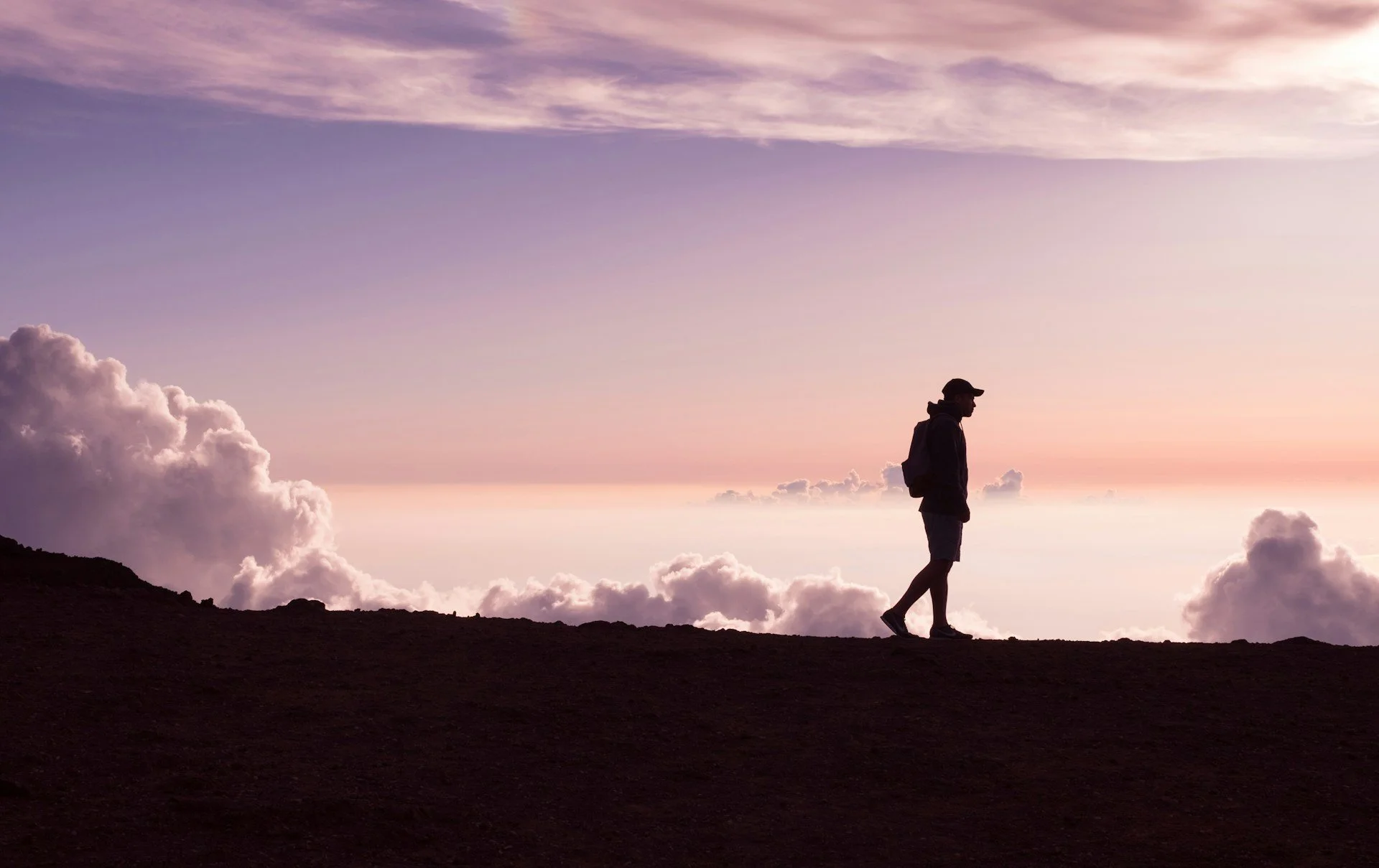Putting One Foot in Front of the Other
When I was a kid in the 1970s, an activist named Esther “Little Dove” John walked across the U.S. and happened to stay overnight in our home. I was fascinated. A solo Black woman walking 25 or so miles a day across the North Dakota plains to promote peace stood out in great detail from my everyday routine.
And it stood out to my sister too. In fact, she told me recently that she had looked up Esther John and learned she lives in Seattle. The mythical pedestrian is a licensed mental health counselor who continues to advocate for causes like affordable housing.
On a much less mythical note, she even has a LinkedIn profile.
This summer, my sister brought another walker-for-a-cause to my attention: Andy Kaucic, who is walking across the U.S. to stop addiction fatalities.
And suddenly I started seeing other walkers everywhere. In July, Marine veteran Andrew Frania walked walks over 700 miles from Chicago to Capitol Hill, carrying the Marine Corps flag in a personal mission to honor unity, courage, and service. Along his Heartland to the Hill hike, he raised funds for organizations including two in St. Louis, the International Institute (he is Korean by birth) and Action St. Louis (for its response to the May 2025 tornado).
In June, in a campaign organized by the nonprofit We Choose Welcome, participants walked a mile each day in solidarity with refugees near and far, in honor of World Refugee Day. On its website, We Choose Welcome says, “Although June is over, we believe that you and your communities can still come together in solidarity and find strength and purpose through walking. When the world feels hopeless, there is still something we can do—walk, pray, learn, and take the next step.”
In May, a group of New York City Quakers from Brooklyn Monthly Meeting’s Peace and Social Action committee walked 300 miles from Queens to D.C. to draw attention to migrant persecution and free speech rights. Many other organizations and individuals joined in, supporting the Quaker religion’s belief that “God-given human rights exist before and beyond U.S. citizenship.”
Amen.
But there are other reasons for endurance walking, and I heard a fascinating one earlier today while listening to the podcast “The Rest Is History.” They start an episode about Victorian-era sports with the story of Richard Manks, who walked 1,000 miles in 500 hours in 1851. He was competing in pedestrianism, a sport popularized by Robert Barclay Allardice, one Great Britain’s first sporting celebrities. Allardice made a bet that he could walk one mile in each of 1,000 consecutive hours. Needless to say, it was rough. His handlers ended up poking him with needles and firing pistols close to his ears to keep him awake and moving. But he made it.
Manks’ feat took three weeks and drew thousands of spectators to see the finale. He was not in good shape by the end, but he also made it.
I can see why the hellish-sounding sport of pedestrianism fell out of favor, but I can also see why the idea of walking long distances to support a cause endures. The physical manifestation of the mental stamina needed to navigate hard times will always be compelling.
